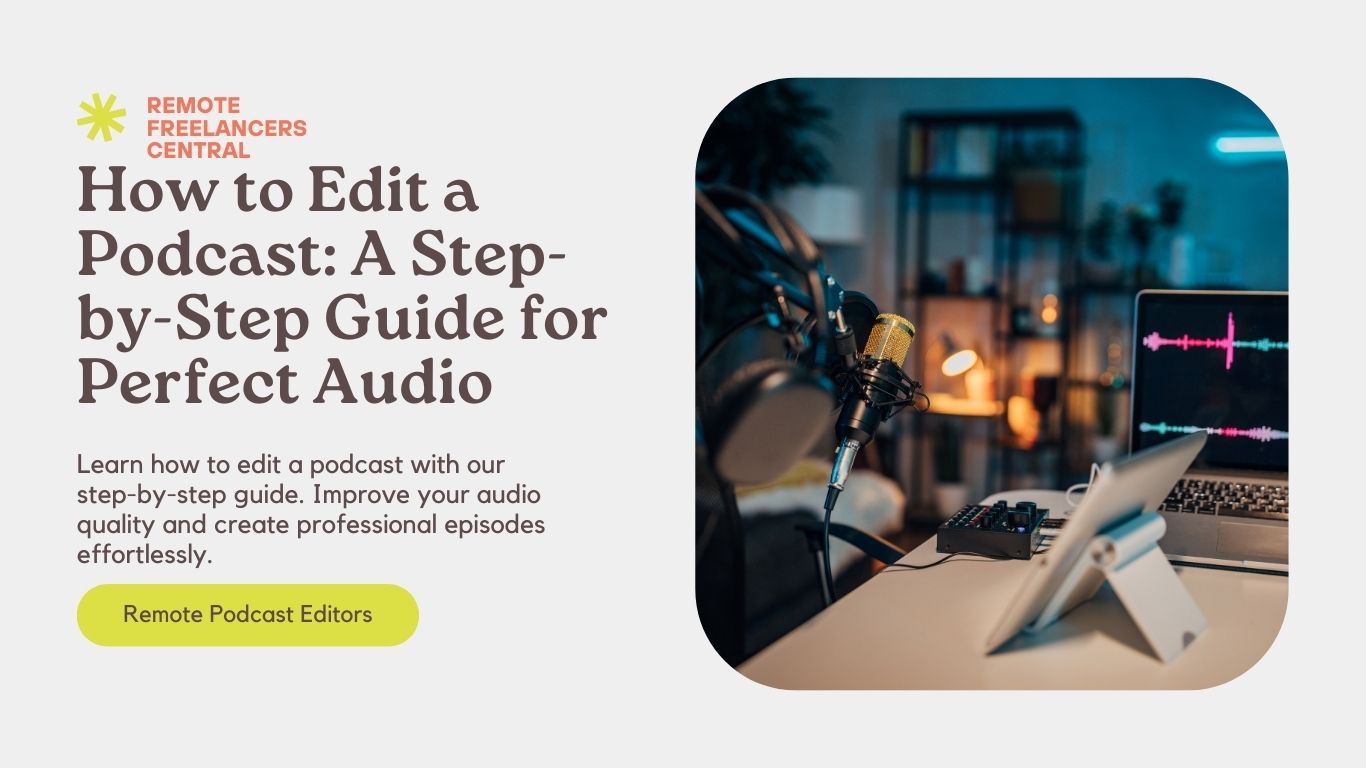
Discover how to create SEO blog content that not only ranks high on search engines but also engages your audience, driving traffic and conversions.
Introduction
In the ever-evolving digital landscape, the importance of SEO (Search Engine Optimization) cannot be overstated. Businesses, big and small, are increasingly aware that their online presence is pivotal to their success. However, having a website alone is not enough; what you fill it with matters even more. This is where SEO blog content comes into play. Well-crafted, SEO-optimized blog content is the cornerstone of any successful digital marketing strategy. It’s the vehicle through which you can improve search engine rankings, attract organic traffic, and ultimately, convert visitors into customers.
In this article, we’ll delve into the essentials of creating SEO blog content that is not only optimized for search engines but also valuable and engaging for readers.
Understanding SEO Blog Content
SEO blog content refers to blog posts or articles written in a way that they are easily discoverable by search engines like Google. The ultimate goal is to rank higher in search results, thus driving organic traffic to your website. However, SEO is not just about peppering keywords throughout your text. It involves a strategic approach where keyword research, content quality, user intent, and technical factors all play crucial roles.
Why SEO Blog Content Matters
Effective SEO blog content serves multiple purposes. Firstly, it helps search engines understand what your page is about, which can lead to better rankings. Secondly, it builds authority and trust with your audience by providing valuable, informative content. Thirdly, it drives targeted traffic, meaning visitors who are more likely to engage with your content and take desired actions, such as signing up for a newsletter or making a purchase.
The Basics of Creating SEO Blog Content
Keyword Research: The Foundation of SEO Content
Before you even start writing, keyword research is essential. Keywords are the terms and phrases that people type into search engines when looking for information. By identifying and using the right keywords, you can ensure that your content aligns with what your target audience is searching for. Tools like Google Keyword Planner, Ahrefs, and SEMrush are invaluable for finding relevant keywords with good search volume and manageable competition.
Creating High-Quality, Engaging Content
Once you’ve identified your target keywords, the next step is to create content that provides real value to your readers. Search engines prioritize content that is informative, well-written, and engaging. Therefore, focus on producing blog posts that answer common questions, solve problems, or offer unique insights. The key here is to write for humans first, search engines second.
On-Page SEO: Optimizing Your Blog Content
On-page SEO involves optimizing individual pages to rank higher and earn more relevant traffic. Key elements include:
- Title Tags and Meta Descriptions: Make sure your title is compelling and includes your main keyword. Similarly, craft a meta description that accurately summarizes your content and entices users to click.
- Headings (H1, H2, H3): Use headings to structure your content. This not only makes it easier for readers to navigate but also helps search engines understand the hierarchy of your information.
- Internal Linking: Linking to other pages on your website helps search engines crawl your site and can keep visitors engaged for longer.
- Image Optimization: Use alt text to describe your images, which helps with accessibility and gives search engines more context about your content.
- URL Structure: Keep your URLs short, descriptive, and keyword-rich.
User Experience (UX) and SEO
Google’s algorithm increasingly considers user experience as a ranking factor. Therefore, your blog content should be easy to read, visually appealing, and mobile-friendly. Use short paragraphs, bullet points, and relevant images to break up text and keep your audience engaged. Additionally, ensure that your website loads quickly and is easy to navigate.
Advanced Strategies for SEO Blog Content
Content Clusters and Pillar Pages
Content clusters and pillar pages are advanced SEO strategies that can significantly boost your rankings. A pillar page is a comprehensive resource on a broad topic that links to more detailed, related posts (the cluster content). This approach helps organize your content logically and makes it easier for search engines to crawl and index your site.
Updating and Repurposing Old Content
SEO is not a one-time effort. Regularly updating and repurposing old content is crucial for maintaining and improving your rankings. Search engines favor fresh content, so revisit older posts to update information, add new insights, and optimize for current keywords. Additionally, consider repurposing blog content into different formats like videos, infographics, or podcasts to reach a broader audience.
Leveraging Analytics for Continuous Improvement
Finally, continually monitor your blog’s performance using tools like Google Analytics and Search Console. Pay attention to metrics like organic traffic, bounce rate, and average session duration to understand how users are interacting with your content. Use this data to refine your SEO strategy, focusing on what works and improving what doesn’t.
Common Mistakes to Avoid in SEO Blog Content
While creating SEO blog content, it’s easy to fall into certain traps. Here are some common mistakes to avoid:
- Keyword Stuffing: Overusing keywords can make your content sound unnatural and lead to penalties from search engines.
- Ignoring Mobile Optimization: With more people accessing the web via mobile devices, failing to optimize for mobile can hurt your rankings.
- Neglecting User Intent: Focus on creating content that addresses the specific needs and questions of your audience, rather than just targeting keywords.
- Skipping Meta Descriptions: Meta descriptions may not directly impact rankings, but they do influence click-through rates, so don’t neglect them.
FAQs
What is SEO blog content?
SEO blog content refers to blog posts that are optimized to rank higher on search engines, drive organic traffic, and provide value to readers.
Why is keyword research important in SEO content creation?
Keyword research helps you understand what your target audience is searching for, allowing you to create content that aligns with their needs and improves your chances of ranking in search engines.
How often should I update my blog content for SEO?
Regular updates are essential for maintaining SEO performance. Consider updating your content at least every 6-12 months, or whenever there are significant changes in your industry.
Can I use the same keywords in multiple blog posts?
Yes, but it’s important to vary your keyword usage to avoid cannibalization, where multiple pages compete for the same keyword, diluting your SEO efforts.
How can I improve the user experience of my blog?
Focus on readability, fast loading times, mobile optimization, and easy navigation. Engaging visuals and a clean layout also enhance user experience.
Is it necessary to use images in SEO blog content?
Yes, images can make your content more engaging and help with SEO when optimized correctly with alt text and descriptive file names.
Conclusion
Creating effective SEO blog content requires a blend of technical know-how and creative flair. By focusing on keyword research, high-quality content creation, on-page optimization, and user experience, you can develop blog posts that not only rank well but also resonate with your audience. Remember, SEO is an ongoing process, so continually refine your strategy based on analytics and industry trends to stay ahead of the competition.
Share via:






















